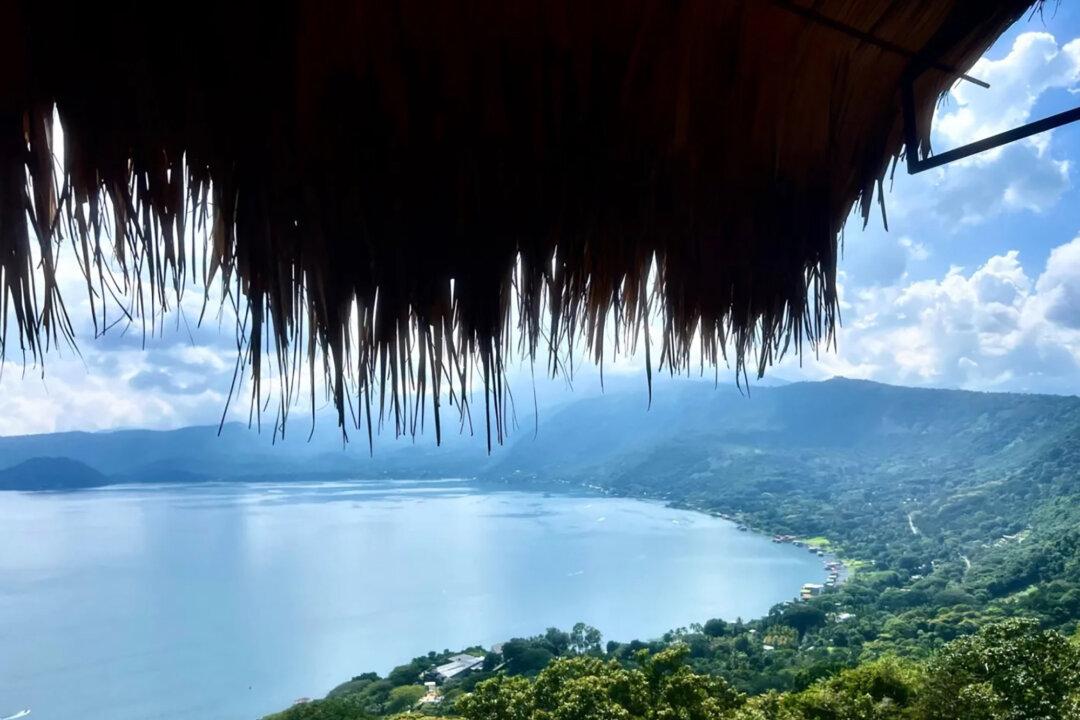By Marla Jo Fisher
From The Orange County Register
Until recently, it never occurred to me to go to El Salvador. I’d been to Guatemala and Costa Rica and loved both of them. But somehow this never translated into a longing to visit their neighbor.

Until recently, it never occurred to me to go to El Salvador. I’d been to Guatemala and Costa Rica and loved both of them. But somehow this never translated into a longing to visit their neighbor.